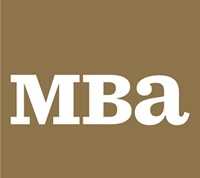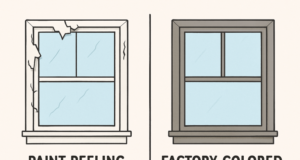Architecture Billings Index Reverts Back into Negative Territory
Washington, D.C. – November 19, 2010 – (RealEstateRama) — Following the first positive reading since January 2008, the Architecture Billings Index (ABI) dropped nearly two points in October. As a leading economic indicator of construction activity, the ABI reflects the approximate nine to twelve month lag time between architecture billings and construction spending. The American Institute of Architects (AIA) reported the October ABI score was 48.7, down from a reading of 50.4 the previous month. This score reflects a decrease in demand for design services (any score above 50 indicates an increase in billings). The new projects inquiry index was 61.7, down slightly from a nearly three-year high mark of 62.3 in September.
“This is disappointing news, but not altogether that surprising,” said AIA Chief Economist Kermit Baker, PhD, Hon. AIA. “We were anticipating a slow recovery period and it is likely that there will be some fits and starts before conditions show consistent improvement. Right now, reluctance from lending institutions to provide credit for construction projects and a sluggish economy are the main impediments to a revival of the design and construction industry.”
Key October ABI highlights:
- Regional averages: Northeast (54.5), Midwest (51.8), South (48.6), West (44.3)
- Sector index breakdown: commercial / industrial (54.5), institutional (50.8), multi-family residential (49.1), mixed practice (43.2)
- Project inquiries index: 61.7
About the AIA Architecture Billings Index
The Architecture Billings Index (ABI), produced by the AIA Economics & Market Research Group, is a leading economic indicator that provides an approximately nine to twelve month glimpse into the future of nonresidential construction spending activity. The diffusion indexes contained in the full report are derived from a monthly “Work-on-the-Boards” survey that is sent to a panel of AIA member-owned firms. Participants are asked whether their billings increased, decreased, or stayed the same in the month that just ended as compared to the prior month, and the results are then compiled into the ABI. These monthly results are also seasonally adjusted to allow for comparison to prior months. The monthly ABI index scores are centered around 50, with scores above 50 indicating an aggregate increase in billings, and scores below 50 indicating a decline. The regional and sector data are formulated using a three-month moving average. More information on the ABI and the analysis of its relationship to construction activity can be found in the White Paper Architecture Billings as a Leading Indicator of Construction: Analysis of the Relationship Between a Billings Index and Construction Spending on the AIA web site.
About The American Institute of Architects
For over 150 years, members of the American Institute of Architects have worked with each other and their communities to create more valuable, healthy, secure, and sustainable buildings and cityscapes. By using sustainable design practices, materials, and techniques, AIA architects are uniquely poised to provide the leadership and guidance needed to provide solutions to address climate change. AIA architects walk the walk on sustainable design. Visit www.aia.org. Twitter: http://twitter.com/AIA_Media
Contact:
Scott Frank
202-626-7467
http://twitter.com/AIA_Media












